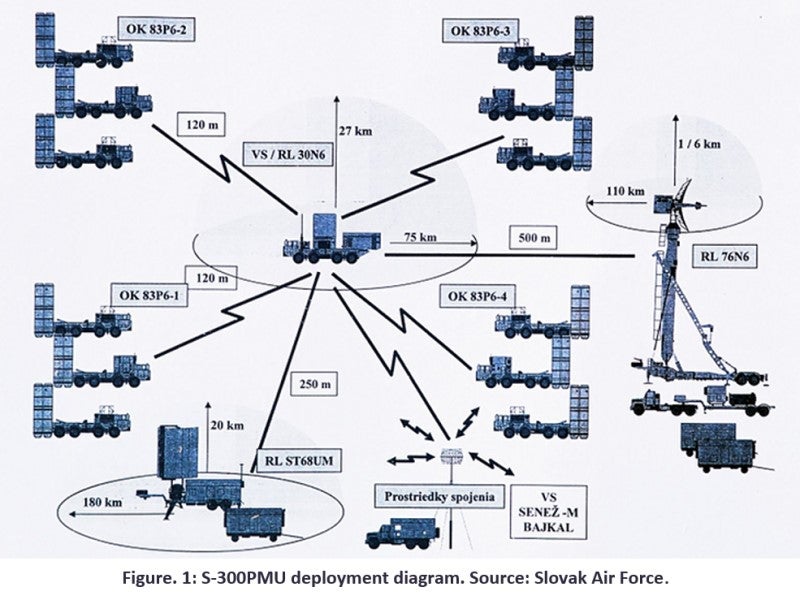
The traditional internet is increasingly under threat from the ‘splinternet’, the term used to describe the fragmentation of the internet into competing technospheres. Increasingly, nation-states are imposing restrictions, increasing the pressure on the internet governance system established decades ago.
Listed below are the key technology trends impacting the splinternet theme, as identified by GlobalData.
China’s Great Firewall
China’s Great Firewall is the most prominent example of state-led internet censorship. In the early 1990s, the Chinese government started developing a system of internet controls that stopped citizens from connecting to banned foreign websites—from Google, Facebook, and Yahoo to The New York Times—and blocked politically sensitive domestic content, preventing mass organising online. And China does not want these capabilities to remain only in China.
A 2021 report from the International Cyber Policy Centre (ICPC) suggested that Beijing wants other countries to govern the internet the same way it does. It already exports digital infrastructure to more than 60 countries through its Belt and Road Initiative, and Chinese companies export surveillance products to developing countries in Africa, South America, and central Asia.
New internet protocol (IP)
China is developing a technology for a new network with a top-down design aimed at reinventing the internet. The telecom giant Huawei, together with China Unicom and China Telecom, first proposed the idea of a new internet architecture at the ITU in 2019, sparking controversy among Western delegations. The proposal describes the TCP/IP (Transmission Control Protocol/Internet Protocol)—the existing suite of communication protocols used to connect network devices on the internet—as “unstable” and “vastly insufficient” to meet the requirements of the digital world by 2030.
Critics are concerned that the New IP “will lead to more centralised, top-down control of the internet and potentially even its users, with implications on security and human rights,” as highlighted in a 2021 paper by Oxford Information Labs.
Artificial intelligence (AI) surveillance
AI has become an area of intense rivalry between governments seeking technical and normative leadership in this field, with little global cooperation. This is especially undesirable given AI’s ability to enable mass surveillance. A growing number of nations are deploying advanced AI surveillance tools to monitor citizens. A 2019 paper from the Carnegie Endowment for International Peace found that at least 176 countries globally actively use AI technologies for surveillance purposes. This includes smart city and safe city platforms, facial recognition systems, and so-called smart policing.
Surveillance is also at the heart of what Shoshana Zuboff, in The Age of Surveillance, defines as the exploitative nature of surveillance capitalism, i.e., the mining of users’ data by Silicon Valley giants to predict and shape behaviour. In short, surveillance is increasingly embedded in the splinternet, both in its non-democratic and democratic versions.
Cybersecurity
Today ransomware attacks are waged at an unprecedented scale against national infrastructures, such as the US oil pipeline operator Colonial in 2021, the UK’s National Health Service (NHS) in 2017, and even the city of Baltimore. As the digital space splinters into different visions of the internet, cooperation in cybersecurity to prevent cyberattacks becomes more difficult.
The 2021 US-Russia presidential summit highlighted their differing approaches to the cybersecurity dialogue. This dialogue has become critical for the US, as the country is plagued by ransomware attacks, including those originating from Russia, such as the SolarWinds attack or general misinformation campaigns by the Kremlin. On the other hand, Russia seems more interested in gaining greater sovereignty over its internet than setting rules on appropriate cyber behaviour.
These diverging approaches were observed at the United Nation’s (UN’s) first global meeting on cyber norms in 2019. While the Russia-sponsored Open-Ended Working Group focused on reaching a consensus regarding cyberspace sovereignty and non-interference in states’ political affairs, the US-backed Group of Governmental Experts emphasised creating an open and free environment in cyberspace.
Blockchain
Blockchain has great potential for businesses, but the lack of uniform technical standards has hampered its development. With an offer of ultracheap server space, Beijing is trying to fill this void by promoting its Blockchain-based Service Network (BSN) and pitching it to developers worldwide as capable of providing the necessary digital infrastructure. According to The Wall Street Journal, the BSN boasted 20,000 users and thousands of blockchain-related projects in 2021.
The BSN project aligns with Beijing’s other efforts to influence next-generation technologies and gain global leverage. No centralised state-level blockchain alternative to China’s exists so far, and Beijing can decide who can use the technology in the first place, potentially acting as a gatekeeper.
Cryptocurrencies
Cryptocurrencies have been pulled into the techno-nationalism arena, accelerated by the development of central bank digital currencies (CBDCs). China is a case in point. The country actively supports the development of global CBDC standards. Beijing was one of the largest cryptocurrency markets until 2021, when the People’s Bank of China declared all virtual currency-related business activities illegal because they endanger the safety of people’s assets.
While cracking down on private cryptocurrencies, Beijing started to design the digital renminbi (or e-CNY), a state-sponsored digital currency. Geopolitics and the ongoing war in Ukraine are likely to accelerate China’s efforts—and those of other countries like Russia—to build a parallel banking system and trading currency built upon CBDCs to replace the current US-regulated payments systems.
Web3
The splinternet and Web3—an idea for a new iteration of the internet—have conflicting interests. Although both look to relandscape the current version of the internet, different power dynamics between big tech companies, governments, and end-users will ultimately cause these two visions of the internet to clash. Web3 aims to decentralise networks but place more power at the fingertips of end-users.
The development of decentralisation technologies has been a driving force for Web3. In particular, blockchain-based technologies such as cryptocurrencies, non-fungible tokens (NFTs), decentralised finance (DeFi), and decentralised autonomous organisations (DAOs) have contributed to the rising popularity of Web3 in recent years. However, many of these remain emerging technologies. As a result, innovation of decentralisation technologies will need to keep pace with top-down moves to re-instate Web2 power dynamics.
This is an edited extract from the Splinternet – Thematic Research report produced by GlobalData Thematic Research.




